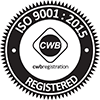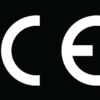One of our many services is educating business owners, supervisors, and technicians on how to comply with legislation regarding working at height. This is a complicated matter that most Health and Safety Officials don’t comprehend well enough to give well-informed advice.
The Health and Safety Official assigned to a project has much to consider. They might need more experience when it comes to working at height, mainly if they have been correctly led to believe that wearing a harness properly encompasses all necessary safety precautions. Although the aforementioned is essential, you will need to understand the requirements of proper documentation, and it may be a good idea to prevent any other setbacks.
Proper hands-on training is essential; however, before we continue with the steps of adequate training, let us first look at legislation.
We have legislation to help keep workers safe. To comply with the law, you must create a secure environment. Everyone should be able to give input.
In Canada, the federal government has a law in place for fall protection, meaning that on federal sites such as communication towers, we must comply with those rules.
In addition, every province has individual legislation for working-at-height.
Legislation often refers to the CSA (Canadian Standard Association) standards. The CSS (Canadian Standards Strategy) is the government body that endorses those standards. CSA doesn’t need to test these products; many other laboratories also test them to the CSA standard. This is not clear to all end users. CSA doesn’t cover all items or is in tune with product development speed.
Working-at-height and the legislation around it isn’t easy.
Training is also essential. The following is an overview of the training requirements:
- How to use the individual pieces of equipment and know their limitations.
- How to inspect the equipment.
- Where to find the information regarding the equipment used.
- How to use the equipment in a system, and
- How to perform a rescue from the system.
Of course, paperwork is necessary and should include:
- Manuals of the PPE used.
- Certificates of training done.
- Approval of the system used.
- Stamped engineering drawings on the anchors.
- Risk assessment created for the site and not a standard form.
- Records of the daily toolbox talk. Not just to go through a standard list but also to discuss the weather or discuss a near miss.
- Inspection records of the PPE in use. Minimum once a year in most provinces.
In conclusion, here is a list of action items that are required when working at height:
- Know your local legislation.
- Complete a risk assessment prior to the job.
- Create the system needed and have it stamped by an engineer.
- Make an anchoring plan.
- Provide training.
- Create a binder with documents such as manuals and certificates.
- Do your daily toolbox meetings, and
- Don’t forget to check and maintain the system used.
Despite the differing descriptions and terminology, as long as you use the guidelines above, follow the rules, and go beyond the requirements where possible, you will succeed in avoiding setbacks (in the form of a fine) and keeping your workers, colleagues, and anyone using your system safe at height!
Stay safe,
Igor Stomp
EYOLF Inc.


